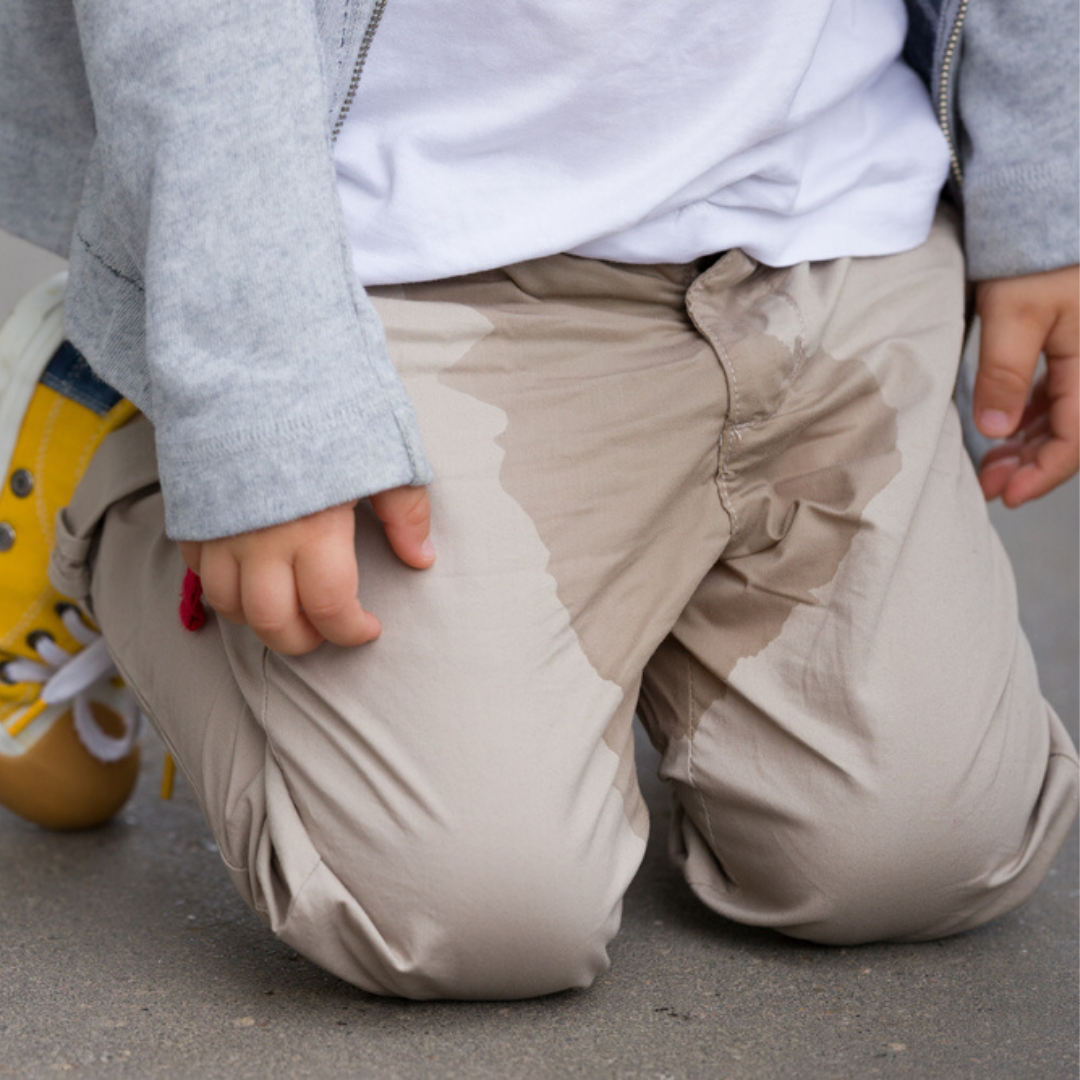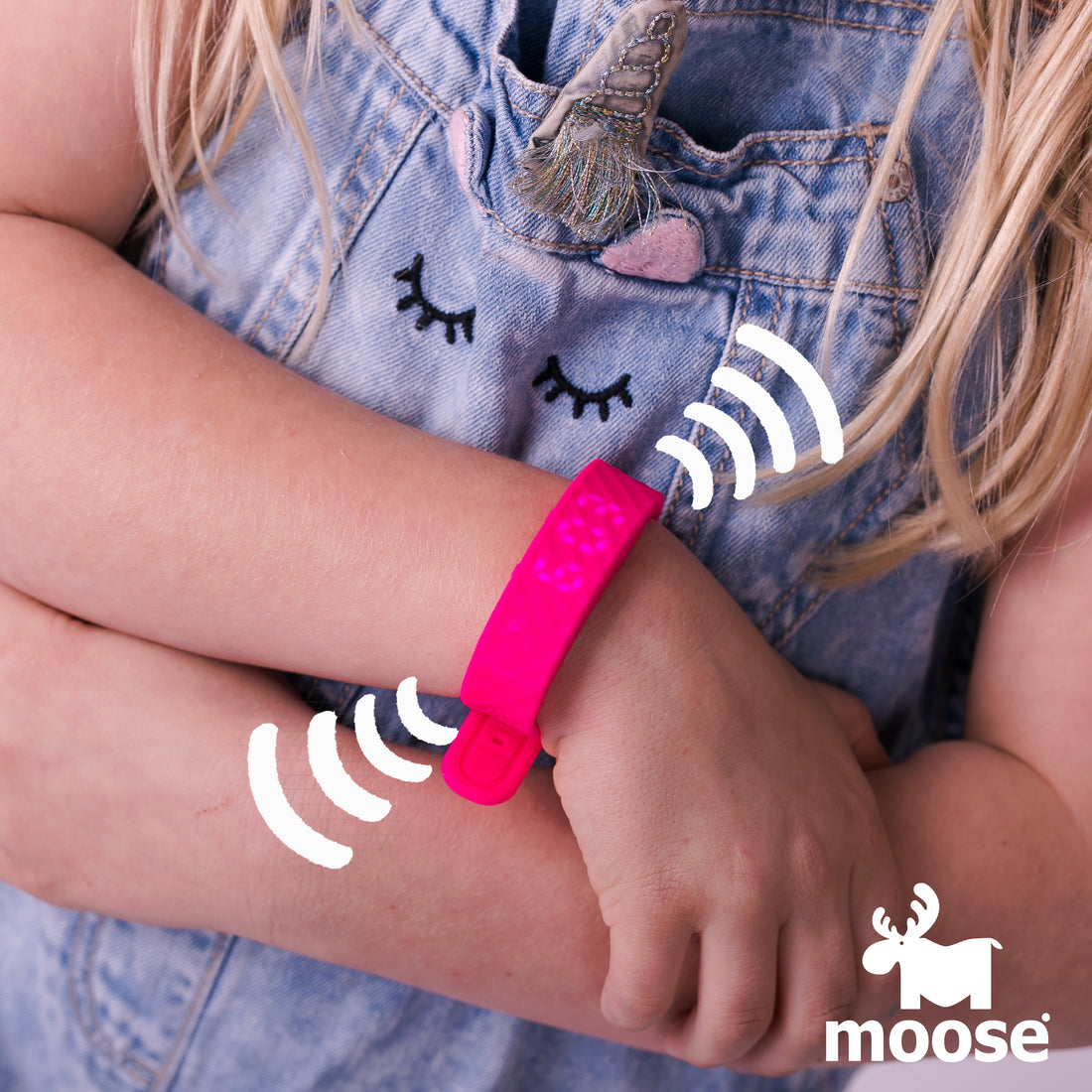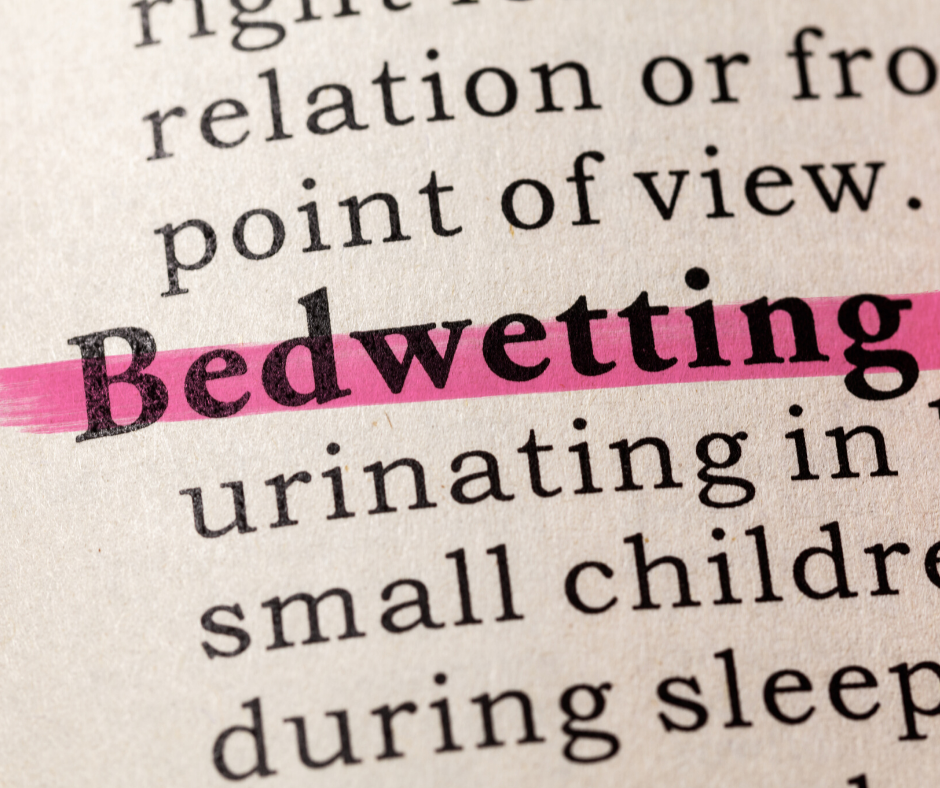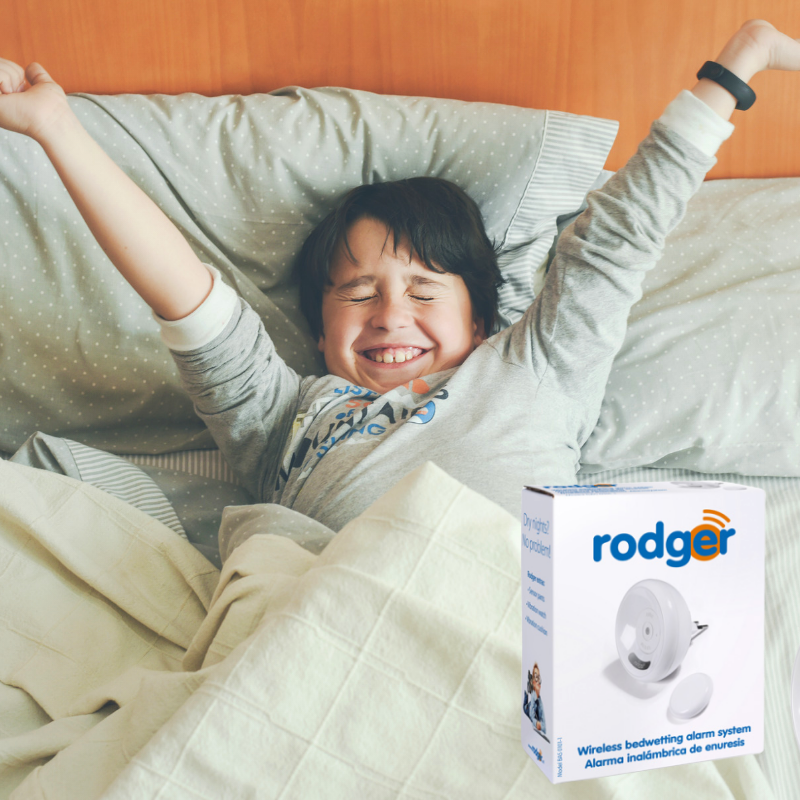News
Super mum Amber reviews our Mini Moose Vibrating Reminder Watch
Why did you want to try this watch? My 6 year old girl with autism needs constant reminding to go to the toilet. She waits until she is busting and sometimes it's too late. I wanted her to use it at school. The teachers were having to remind her daily to go to the toilet. What do you like about the watch? The strap is comfortable. The instructions are easy to follow. The strength of the vibration is good. The length of time the watch stays charged is good. It is easy to set up. How well did the watch cope with everyday use? The watch is brilliant. Our daughter is rough, and she clicks on the time button very often. It is easy to take off and to put back on. She sleeps with it on and the strap is very strong and durable. How has the watch coped with moisture? For everyday use such as washing her hands, there was no worry in this regard. However, she has not seemed to get it too wet as we told her from the start it is not water proof. She takes the watch off for swimming. She has played in the sandpit with it on. The watch has not been affected in any way. Any other comments? I would highly recommend this watch for other children who struggle with toilet stops. My daughter has autism and this has worked really well. The teachers have noticed, and we both agree this watch is a life saver. It has made her more confident and independent. She is becoming more aware of when she needs to go to the toilet with the help of this watch. Thank you so much. This watch has helped her in so many ways. Buy Now
Learn moreWaking and Taking your Child to the Toilet….What are you really achieving?
With most areas of parenting there are plenty of opinions and information regarding almost every topic. Google ‘bedwetting help’ and you’ll find a fair amount of conflicting advice. For those parents trying to help their child become dry at night we’ve taken a good a look at the idea of ‘waking and taking’ your child to the toilet each night in the hope he will learn to stop wetting the bed. But what are you really achieving by doing this? Here’s what we’ve learnt from the experts. With some children, this method does provide dry nights but your child doesn't actually learn anything from this. It is probable that your child is emptying his bladder before it’s full, making it difficult to learn the appropriate response to the full-bladder signal. More often than not, children have no memory of being woken and taken to the toilet, even though they may look awake. Waking and taking your child to the toilet at the same time each night may make his bladder used to being emptied at that specific time, rather than holding it until morning. Because your child learns nothing by this method, he will likely wet on nights you can’t take him or you forget. Just as you may have to get up at different times each night to visit the toilet, or some nights not at all, your child's bladder needs to be emptied at various times too. You have no way of knowing exactly when your child needs to use the toilet because this differs each night. Waking him and taking him may fit in with your schedule but not his. You may consider trying the ‘waking and taking’ strategy for a couple of weeks, or every second night and then see if your child stays dry on the nights you don't walk him to the toilet. If he can stay dry on his own, then that’s great. If, however, you don't see improvement on the nights you don't wake him, this strategy most likely won't work. Waking and taking him for months or years will not allow him to make that important ‘brain-bladder connection’ so he can wake on his own to a full bladder that’s needs emptying. If your child is 5 or 6 and still wetting on the nights you don’t take him to the toilet you may want to consider a different approach based on helping him make the connection between his bladder and brain. A bedwetting alarm is the most commonly used technique to help make that connection. When your child’s bladder is full and he begins to wet, the alarm sounds and wakes him. This consistent approach conditions him to recognise the feeling that comes before he needs to wake up to use the toilet. Then he can stay dry at night without any help from you. Need more information about Bedwetting Alarms?
Learn more20 Top Tips for success using a bedwetting alarm
Before you start using an alarm, remember that a key element in the success of bedwetting alarms is your child's motivation and understanding that waking to the sound of the alarm is the treatment that will help him stop wetting at night. Make sure he fully understands this and is committed to stopping wetting the bed by using the alarm. If he is not fazed by wetting his bed, perhaps discuss some motivating factors or simply wait until he is a little older. Here's our Top Tips leading to success with an alarm: Pick a good time to start using the alarm when there is less stress and no travel commitments. Start the bedwetting alarm treatment with realistic expectations. It can take up to 10-16 weeks for a child to be consistently dry at night. Explain to your child how a bedwetting alarm works (trains the brain to feel the sensation to urinate) and discuss what you expect them to do when the alarm goes off. Read the instructions carefully and make sure you, your child and any other caregivers understand how the alarm works. Roleplay what happens when the alarm goes off and teach your child to turn off the alarm, visit the toilet to completely empty his bladder, change pyjamas and mattress protector and reset the alarm. Use waterproof mattress protectors on the bed and have a couple of spares beside the bed. Ensure spare pyjama bottoms are beside the bed each night. Place an easy-to-activate night-light beside the bed. Understand that initially you will need to wake your child when the alarm sounds and assist him to the toilet. With time he will wake to the alarm and take himself to the toilet. Understand that visiting the toilet after the alarm sounds (even if there is nothing left in the bladder) is an important part of the process. Avoid waking your child to visit the toilet. Let the alarm do the work. If you consistently wake your child to visit the toilet, he will not learn to do this on his own. Ensure the alarm is loud enough for you to hear. Use an alarm with a second receiver unit (which plugs into your room) or use a baby monitor. Praise your child for independently turning off the alarm, visiting the toilet without fuss, changing his own pyjamas and mattress protector, re-setting alarm etc. Do NOT continue to use pull-ups or nappies. Use a reward chart to record progress towards independence (wearing the alarm each night, setting it up by himself, waking by himself, changing his own pyjamas, ) and eventually you’ll be able to start rewarding less frequent wetting and smaller wet patches on the bed. In order for the alarm to work, you and your child will need to commit to using the alarm EVERY night. Avoid skipping nights. Be consistent and persistent. Some children become dry very quickly, in a matter of days, others take much longer, up to 16 weeks. Research suggests that if your child is still not dry at 12 weeks, you should not give up. Most children are dry by 12 weeks but a good percentage of children become dry between 12-16 weeks. If your child is getting tired from waking at night. Try and get him to bed a littler earlier. This will not last forever! The experts suggest you should continue to use the alarm until your child has 14 consecutive dry nights. Specialists agree that having success staying dry at night is often linked to good daytime toilet habits. At the same time as working on night-time habits ensure you are working with your child during the day, to make sure he is drinking plenty of water, taking regular toilet breaks and taking his time and completely emptying his bladder. Avoid caffeinated and fizzy drinks and make sure he takes his time visiting the toilet before bed. Remember, the first couple of weeks are the hardest then it gets easier. Your job is to keep up the praise, encouragement and reassurance. Here’s to happy dry nights.
Learn moreSchool Camp & Bedwetting ... Tips for making things easier
School camps are part of what makes our education system unique. They’re supposed to be a fun, memorable experience for all kids. However children who wet the bed at night can find the lead up to school camp worrisome and distressing. As parents it is our job to put a plan into place to help reassure our children so they can relax and have a positive experience. Bedwetting is more common than you may think. Around 5% of school aged children wet at night, so there is likely to be at least 1 or 2 children per class who will be trying to figure out how best to cope with their bedwetting while on camp. Not all children, but most school age children will want to deal with their bedwetting discreetly and you should be able to reassure your child and have a plan in place. Here’s 5 simple ways to help: 1. Staying hydrated during the day Drinking plenty of water during the daytime is important so your child is not too thirsty later into the evening. You don’t want your child guzzling water right before bedtime. A good way to remind your child to drink regularly throughout is by using a vibrating reminder watch. Set the alarm on the watch to vibrate regularly to remind your child to take a drink break. 2. Pull-ups or Disposable Pants Be prepared before camp by placing pull-ups (or disposable incontinence pants) inside the sleeping bag for each night at camp. School camps are usually 2 or 3 nights, so you’ll need to include 1 for each night. Inside the sleeping bag also place some small plastic bags for the wet pull-up or pants. At night when lights are out your child can discreetly put the pull-up on and in the morning your child can discreetly take the pull-up off and put it inside the plastic bag. 3.Speak with teachers and/or the parent help Make sure at least one teacher or parent knows the situation and can help where needed. Discuss the plan you have in place for your child and ask for help to remind your child to visit the toilet before heading to bed. If your child is using a pull-up or disposable pants, ask the teacher or parent to collect the pull-up from your child’s sleeping bag in the morning and dispose of it discreetly. 4. Hygiene matters In the morning your child will need to take a shower or they may find it easier to use wet wipes to wipe themselves clean. Discuss this as part of the plan. 5. Have an ‘Action Plan’ Sit down with your child and make an action plan of ways to help them through. You might like to have a practice run through one night at home. Explain the importance of drinking water throughout the day and explain how they can manage their pull-ups in the evening and in the morning. Reassure them that a specific teacher or parent is there to help. Explain that your child is not the only one on school camp who wets during the night. Make sure they know they can speak with a teacher or parent if they need help. Remember, bedwetting is not your child’s fault. If they could stop wetting at night, they would. Always avoid showing your frustration or anger. Some children grow out of bedwetting in their own time and some children need to use a bedwetting alarm in order to become dry at night. Read more information about bedwetting alarms
Learn moreWhich Vibrating Reminder Watch is right for us?
By the time you read this post you may have tried a multitude of different ways to encourage your child to visit the toilet independently throughout the day, yet he is still having accidents. Your little darling just seems too busy and engaged in play to ‘stop and go’. You may have used star charts, rewards, incentives and consequences and yet he is still forgetting, ignoring the ‘urge’ or leaving it to the last minute. Sound familiar? Vibrating reminder watches have been designed to solve this problem and more. Set discreet reminders throughout the day to remind your child of important daily routines. Encourage independence for those with special needs: stay on track with learning and daily schedules. Help for diabetics: reminders to eat a healthy snack or check blood sugar levels. Support to stay on task: help children to keep focused in the classroom. Improve fluid intake: remind your child to drink water regularly throughout the day. Encourage toileting independence: remind your child to visit the toilet at regular times throughout the day. Support independence for the hearing and visually impaired. Vibrating Reminder Watch Comparison Chart Rodger 8-Alarm Vibrating Reminder Watch WobL Vibrating Reminder Watch Mini Moose Vibrating Reminder Watch Alarm Type Sound and/or Vibration Sound and/or Vibration Sound and/or Vibration Maximum Alarm Settings per day 8 8 8 Wrist strap type Silicon Nylon/Velcro Silicon Wrist strap length 22cm 22cm 22cm Price $79.99 $59.99 $39.99 Water Resistance (light splashes) 5/5 4/5 5/5 Length of Alarm 12 seconds 15 seconds 15 seconds Ease of use 5/5 4/5 5/5 Colour Choices blue, pink black, blue, pink, purple black, blue, pink, red Powered Long Life Lithium battery Long Life Lithium battery Plug in UPS rechargeable Age recommendation From 2 years to small adult From 2 years to small adult From 2 years to small adult Waterproof No No No Lock out feature Yes Yes No Stop watch function Yes Yes No Date function Yes Yes No Repeating Countdown Timer function Yes Yes No Warranty 12 months 6 months 6 months More Information: Rodger 8-Alarm Vibrating Reminder Watch WobL Vibrating Reminder Watch Mini Moose Vibrating Reminder Watch
Learn moreHelp! How do I get my daughter to stop wetting her pants?
Daytime wetting is twice as common in girls as it is boys. About 3 to 4 percent of children between the ages of 4 and 12 have daytime wetting problems. It is considered to be a problem after the age of five by which time it is generally accepted that bladder control should have been established. Children with daytime wetting characteristically feel the urge to go at the last minute and may suddenly demonstrate holding postures e.g. ‘curtsey’ using their heel to stop the flow of urine. What causes daytime wetting? Many children who have daytime accidents have a parent/s who did too, so it is often genetic. Other common causes of daytime wetting include: Poor bathroom habits, such as not emptying the bladder completely or “holding it” for too long. Constipation (stool in the colon can create pressure on the bladder and cause spasms, which lead to daytime wetting). A urinary tract infection. How can I help my child overcome daytime wetting? The most important thing you can do is be patient and understanding. Make sure your child knows that daytime wetting is a temporary problem, and that you are there to help. If your child is having daytime accidents, try these steps: Take your child to the doctor to be assessed and rule out a urinary tract infection. Make sure to mention any pain on passing urine, poor urinary stream or continuous dribbling of urine. Constipation can also adversely affect bladder function and it is important to rule this out too. Ensure your child drinks well during the day. The recommendation for children is 6-8 glasses of water evenly spaced throughout the day (including 3-4 glasses while at school). Make sure your child has a drink bottle and use a permanent marker to write on the drink bottle, marking the level to be consumed by morning tea, lunch and afternoon tea time. Create a schedule for your child to visit the toilet at least every two to three hours during the day, even if she doesn’t feel like it. Use a Vibrating Reminder Watch and set it to vibrate to remind her to visit the toilet. These watches are particularly useful during school hours and help your child become independent. Make sure your child is eating a healthy, fibre-rich diet and plenty of fruit and vegetables. This can help prevent constipation. If using rewards/incentives these need to be for something your child has control over e.g. drinking well, using the toilet. Reward him for sitting on the toilet regardless of the result, as he may not be able to achieve dry pants initially. Help her relax and not rush while on the toilet. Putting her feet on a stool while sitting on the toilet might make things more comfortable. Have a small handheld game or book available to pass the time. Double voiding can be useful. Your child passes urine then counts to 10 or 20 and tries to empty her bladder again. Be positive and give support to your child. Punishment is not effective, and can make the situation worse. Children who have daytime accidents typically do not do so out of laziness, emotional problems or defiance. In fact, they often are embarrassed by it, and sometimes endure teasing. Children sometimes dread going to school or social activities because they fear having an accident. The good news is that treatment is available. With encouragement, lifestyle changes and, in some cases, medical care, most children can overcome daytime wetting. For more information visit Continence New Zealand or the Continence Foundation of Australia
Learn moreAt what age should my child stop wetting the bed?
There is no magic age for determining when bedwetting is a problem. Many refer to 6-7 years of age as when a parent needs to address the problem. After this age often concerns begin to arise. Around 70% of children stop wetting the bed at night by the time they reach 5-6 yrs of age. By around age 7-8 there are around 8-15% of children who still wet their bed. If your child is over the age of 5 ½ and is still wetting the bed at night, they may well grow out of it in time, however if your child complains about wetting the bed, feels uncomfortable about it or begins to show embarrassment or self-esteem issues, then now is the time to help your child become dry at night. Learn more about bedwetting solutions
Learn moreHELP! My child is still having accidents during the day...
Do you spot your child with a sudden look of panic on their face, one leg on top of the other in a ‘curtsy’ position, holding on for dear life? Chances are they have realised, too late, that they need to ‘go’. Daytime accidental wetting is much less common than bed-wetting. But about 1 out of 4 children who wet the bed at night also wet during the day. If your child is having accidents during the day, your first course of action is to visit your doctor. Once you have determined that no medical issues are the reason behind the wetting, then a good course of action is to start ‘timed toilet trips’ throughout the day. Here are some suggestions for implementing a ‘timed voiding’ schedule for your child: Keep a diary to record wetting accidents during the day and night, then look for patterns. Do accidents tend to occur at the same times? Does it look like they could be related to meal times? Can you identify any stress triggers? Encourage your child to drink plenty of water throughout the day. Aim for 6-8 glasses of water per day and avoid fizzy or caffeinated drinks. Remember drinking less does not help. With a fuller bladder your child will be able to recognise the sensation to urinate easier. Think about how often your child may need to use the toilet and plan toilet trips around his schedule. Discuss bathroom breaks with caregivers and teachers to make sure the schedule is followed when your child isn’t at home. Visiting the toilet every 2½ to 3 hours should work best. Use a discreet timer to help remind your child when to go. Look for a vibrating reminder watch to suit your child’s needs. If using rewards/incentives these need to be for something your child has control over e.g. drinking well, using the toilet. Reward her for sitting on the toilet regardless of the result, as she may not be able to achieve dry pants initially. Encourage him to take time to empty his bladder fully. Some children are in such a hurry they do not completely empty their bladder. Use a timer, have a special book to read, sing a song, count to 10. Daytime accidents can be frustrating for you and your child. By having a manageable plan in place you should be able to tackle the problem together.
Learn more10 tips to combat bedwetting…
Bedwetting can be hugely challenging, both for parents and their bedwetting child. The daily workload of washing sheets and pyjamas, the efforts to keep bedding and mattresses free from urine and not to forget the frustration and often embarrassment caused from wetting the bed night after night. Remember, you are not alone. Although often not talked about, bedwetting is common amongst 5 and 6 year olds and up to 30% of this age group still wet their bed. Children reach milestones at different ages in their life and learning to control their bladder at night is another developmental milestone. Bedwetting is often hereditary and despite how you may sometimes feel, bedwetting it not your child’s fault. Almost all children want to stop, but simply can’t. Here are some tips to help you and your child combat bedwetting once and for all: Increase daytime fluids and toilet visits. Research suggests that children who drink water throughout the day and visit the toilet regularly will improve their bladder health resulting in improved night time dryness. In simple terms teach your child how their bladder works. Encourage him to ‘take his time’ and relax on the toilet. Children who rush often don’t empty their bladder completely. Try not to offer incentives. Offering your child a new bike or toy to stop wetting the bed can result in frustration and disappointment. Encouraging your child is good, but don’t set him up to fail. If he could stop, he would stop. Don’t overly restrict drinks. While it is true that drinking too much before bed can contribute to wetting, it’s often not the cause of bedwetting. It’s a good idea to avoid fizzy or caffeinated drinks but don’t go overboard restricting fluids. Don’t lift your child to the toilet each night. Lifting is of little use, and may even prolong the problem. Your child has to get used to waking up when his bladder is full. Children often do not remember being lifted, and it usually does not help to achieve their own bladder control. Be prepared and encourage independence. Use a waterproof mattress protector on the bed and place a spare protector and set of pyjamas next to the bed. Teach her how to help with the covers and tell her where to put the wet covers and pyjamas. Avoid nappies or pull-ups. If you and your child are ready to address bedwetting, then avoid using nappies or pull-ups. He needs to feel the wetness in order to engage his brain to recognise the sensation to urinate. Don’t wait too long to address the problem. Many children simply grow out of bedwetting but if you get to the point where your child is frustrated or embarrassed, then take steps to address the problem. A bedwetting alarm is the mostly commonly-used solution to bedwetting. Ask for help. Coping with a child who wets the bed every night can be hard work. Although waiting lists can be long, there are bedwetting services where help is available. Alternatively do your own research and consider using a bedwetting alarm. For a FREE e-book on bedwetting email us now.
Learn more












